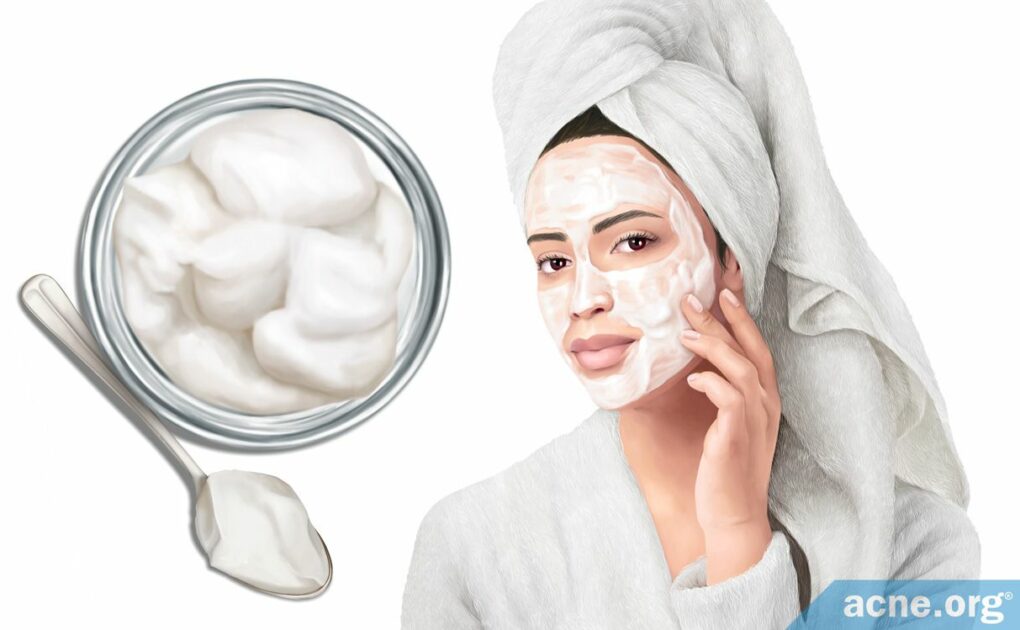Perhaps to Some Degree, but More Research Is Necessary Before We Can Recommend It

The Essential Info
It’s possible, but still unproven, that applying yogurt in the form of a topical facial mask might help reduce acne to a small degree.
This is because yogurt has 2 things going for it:
- Probiotics: Yogurt contains beneficial bacteria that could potentially improve skin health. One study has shown that topical probiotics might also help with acne.
- Lactic acid: Yogurt contains lactic acid, which is an alpha hydroxy acid. Alpha hydroxy acids exfoliate the skin and can help reduce acne, especially when used alongside other medications.
So does that mean applying yogurt to your skin will clear acne? Most likely not to a remarkable degree, but it’s not out of the realm of possibility that it might help a little bit. The available evidence is mostly indirect, and no clinical studies have tested topical yogurt treatments on people with acne, so we can’t say for sure.

The Science
- What Is Yogurt?
- Evidence That Topical Yogurt May Improve Acne
- How To Apply A Yogurt Mask
- Diving Deeper into the Science
- What about Eating or Drinking Yogurt?
- Conclusion
Many standard acne treatments come with unfortunate side effects, making acne sufferers eager for alternative home remedies. Yogurt masks are one such remedy, and while the idea of a yogurt mask shows some promise, there is currently not enough scientific evidence to say that yogurt works against acne. It is also important to keep in mind that even if it does work, it likely would only work to a modest degree.
Let’s have a look at exactly what yogurt is and what it contains to see if we can unpack some clues so we can determine whether it might help.
What Is Yogurt?
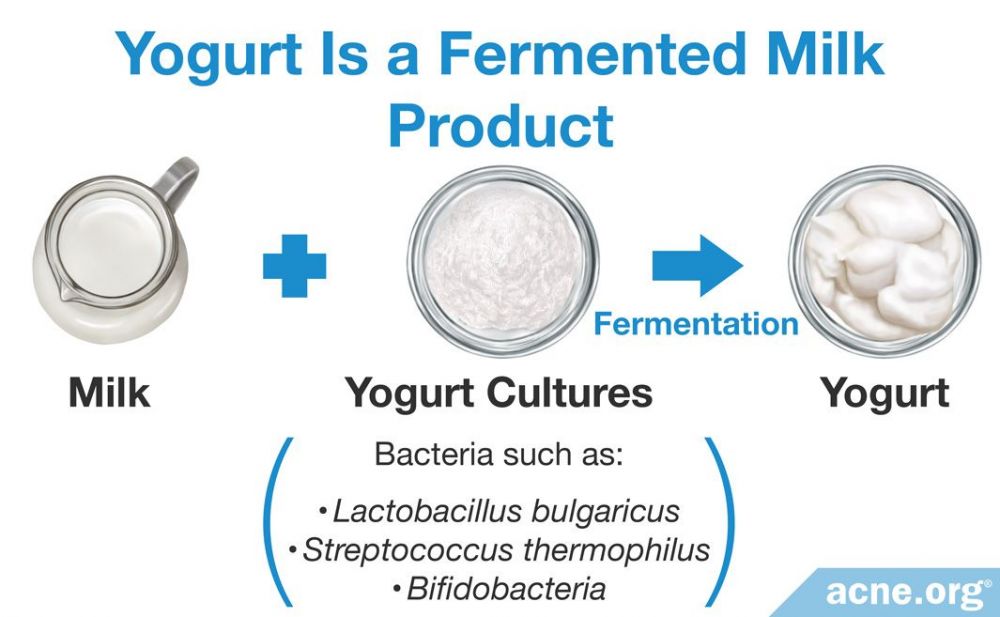
Yogurt is a fermented milk product made by adding bacteria called yogurt cultures to milk.
Yogurt shows some potential as an acne treatment because it contains two medicinal components:
- Beneficial bacteria (probiotics): Much of the bacteria that turns milk into yogurt is beneficial to human health. Its presence in the human body can limit the growth of harmful bacteria that causes disease. Yogurt that contains beneficial bacteria is considered a “probiotic” product.1
How might this help with acne? Acne bacteria (called C. acnes) is involved in making acne worse, so if yogurt could limit C. acnes growth, it might help reduce acne.
- Lactic acid: The bacteria in yogurt produces an acid called lactic acid, which is an alpha hydroxy acid (AHA) often included in skin care products and in chemical peels.
How might this help with acne? Alpha hydroxy acids like lactic acid help to remove dead cells from the outermost layer of skin and can in turn reduce the clogging of skin pores.
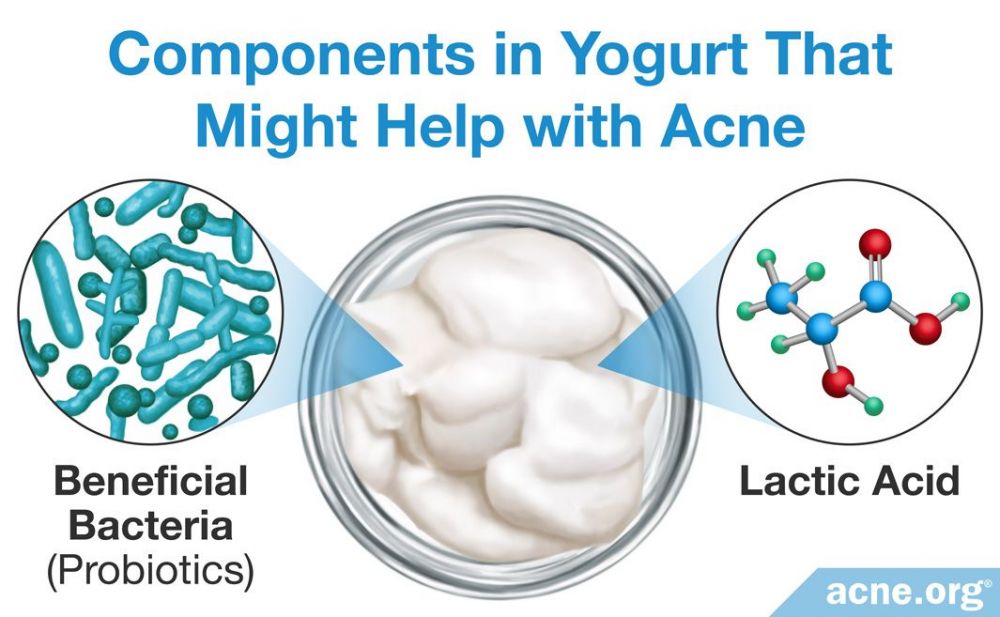
Evidence That Topical Yogurt May Improve Acne
Researchers have not tried applying yogurt to the skin of people with acne, but they have applied beneficial bacteria and lactic acid with some promising results.
One study found that applying beneficial bacteria to the skin helped reduce acne to a small degree with minimal side effects. However, it was not the same beneficial bacteria that we find in yogurt. So from this study we can see that some strains of beneficial bacteria might help, but whether the strains in yogurt would help is still not a sure thing. The researchers wrote, “Our results indicate that…[the application of beneficial bacteria] has [a] potential role [in] the treatment of acne as an alternative to topical antibiotics.”2
Expand to read details of study
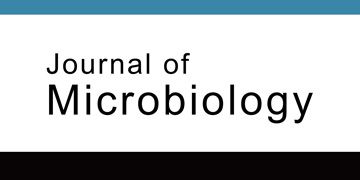
The clinical trial, which was published in the Journal of Microbiology in 2009, tested a topical treatment on 70 participants with mild-to-moderate facial acne.
The researchers split the patients equally into 2 groups:
Group 1: The people in this group applied a thin layer of lotion containing a species of beneficial bacteria called Enterococcus faecalis SL-5 to the face twice a day.
Group 2: The people in this group applied a placebo lotion (a similar lotion which did not contain any beneficial bacteria) also twice a day.
After eight weeks of treatment:
- The participants in Group 1 experienced a 20% reduction in the total number of comedones (clogged pores) and a 70% reduction in the number of pustules/”pimples.”
- The participants in Group 2, on the other hand, saw no change in the number of comedones and only a 5% decrease in the number of pustules.2
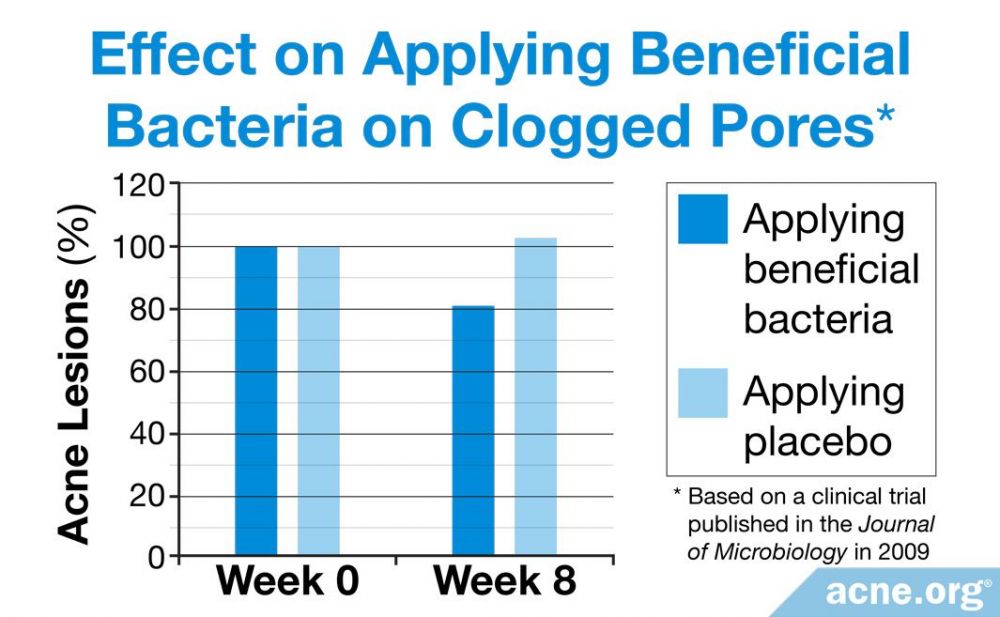
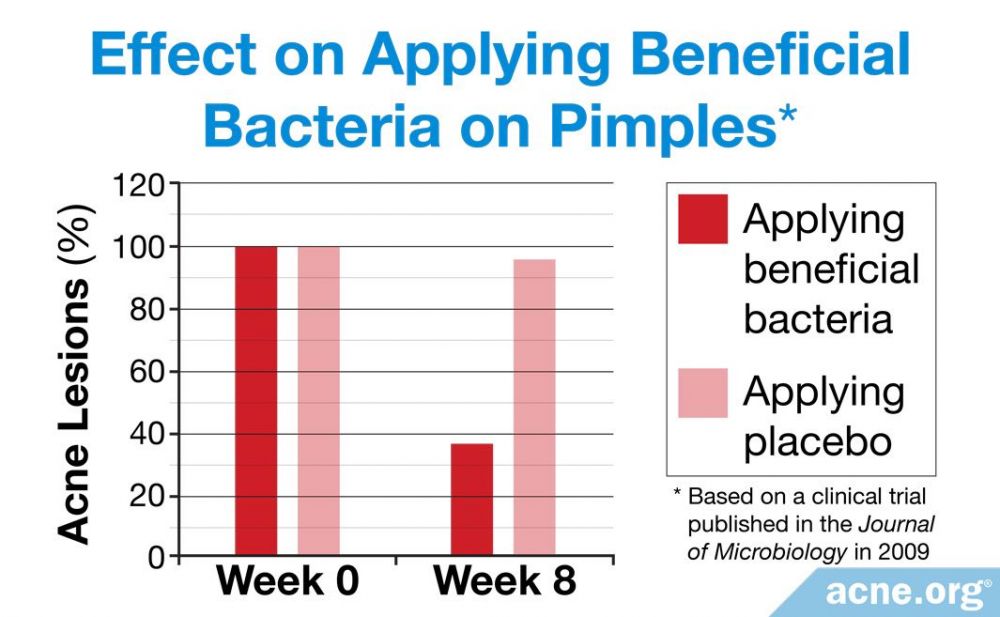
Another study looked at how well applying lactic acid to the skin of people with acne reduced acne symptoms and found a significant reduction in clogged pores. Since clogged pores are the first step in acne formation, anything that reduces clogged pores should reduce acne. However, again, whether the lactic acid in yogurt is strong enough to produce similar reduction in clogged pores remains to be seen.
Expand to read details of study
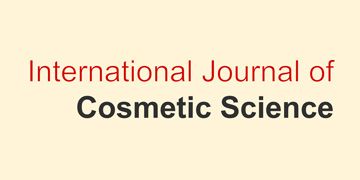
The clinical trial, which was published in the International Journal of Cosmetic Science in 2004, tested a skin care regimen containing lactic acid on 90 patients with mild acne. The patients applied a cleansing gel, a facial tonic containing 2% lactic acid, and a cream gel containing 2% lactic acid to the face twice a day for six weeks. At the end of the study, the patients experienced a 56% decrease in the number of comedones.3
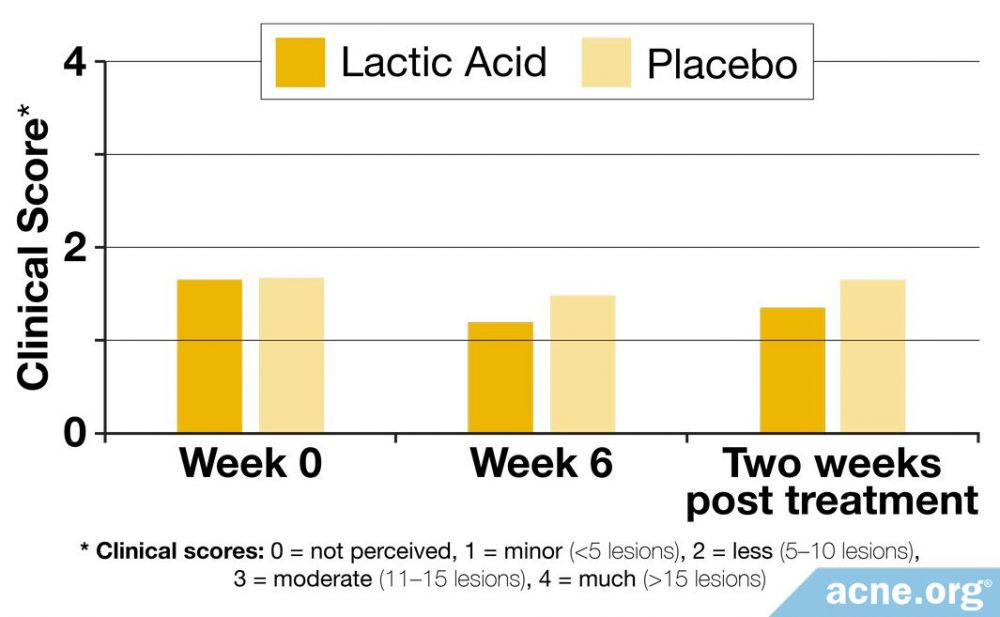
So, from this limited evidence we have, it looks like applying yogurt topically to the skin might help a bit.
Here’s how to apply a yogurt mask if you want to give it a go. However, don’t look for dramatic improvement in your acne. If you have acne that really bothers you, you will likely be better served looking into more proven acne treatments.
How To Apply A Yogurt Mask
- Wash your face with a gentle facial cleanser and only your bare hands for 10 seconds or less. Washing like this reduces irritation, which is important for acne-prone skin.
- Measure out 2 tablespoons of plain yogurt and put it in a bowl.
- Using your fingers, gently apply the yogurt to your face like a face mask. Be generous with it. Slather it on.
- Allow the yogurt to dry. This should take about 10 minutes.
- Very gently wash the yogurt off with warm water. Again, be careful to avoid irritating the skin. Just let the water do the work.
Diving Deeper into the Science: Exactly How Might Topical Yogurt Improve Acne?
To understand why some scientists think yogurt might improve acne, we first need to take a look at how acne develops.
Acne begins when skin pores become clogged. Scientists believe that four main factors contribute to this clogging of skin pores.
- Excessive production of skin oil
- Excessive production of a skin protein called keratin
- Increased amount of acne bacteria (C. acnes) in skin pores
- Inflammation (redness, swelling, and soreness) of the skin pores6
Another factor that may contribute to acne is the buildup of molecules in the skin called free radicals (also called oxidants), which is important to note here since the beneficial bacteria in yogurt also act as antioxidants, helping to neutralize these free radicals.
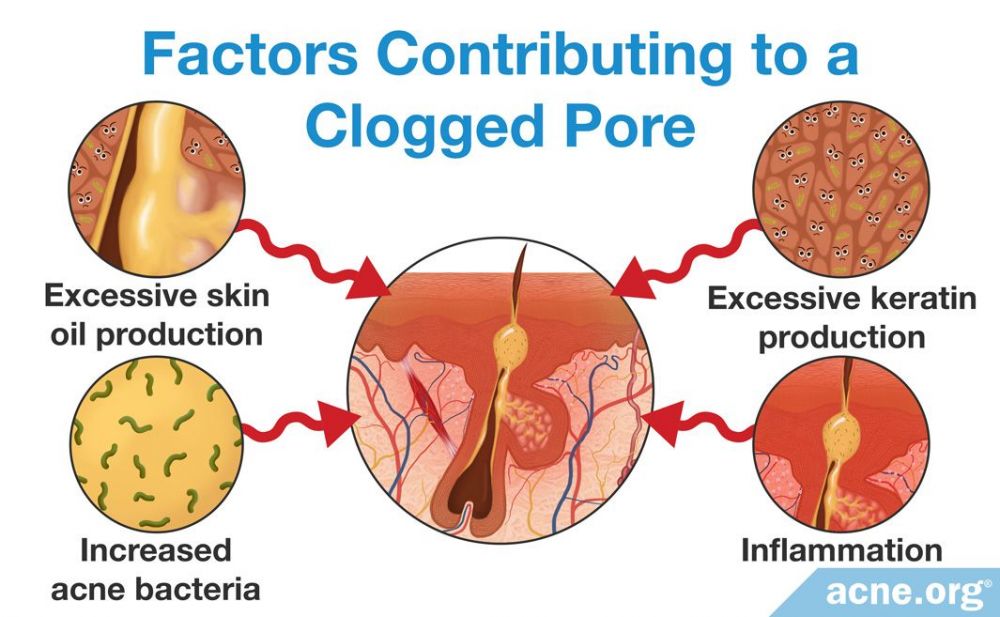
Now we know the factors involved in acne formation. Here’s how the beneficial bacteria and lactic acid in yogurt might help:
- Limit the growth of acne bacteria: The beneficial bacteria in yogurt can prevent the overgrowth of C. acnes bacteria.
- Reduce inflammation: Both beneficial bacteria and lactic acid may help reduce inflammation.
- Remove oxidants: Beneficial bacteria and lactic acid can act as antioxidants, neutralizing free radicals and helping prevent them from damaging the skin.
…and also…
- Help acne lesions to heal: The beneficial bacteria in yogurt can speed up the healing of acne lesions.
- Strengthen the skin barrier: The beneficial bacteria in yogurt might help repair the outer layer of the skin, known as the skin barrier, which tends to be impaired in people with acne.
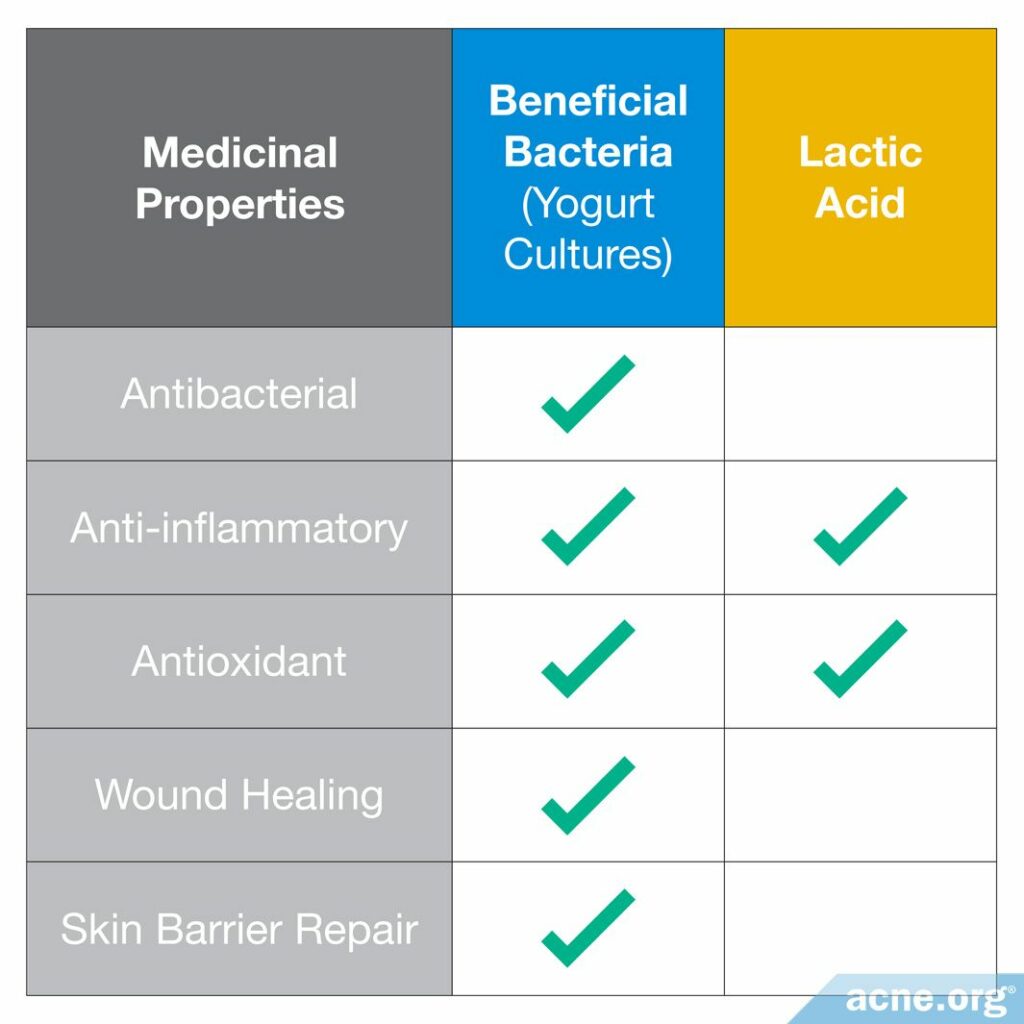
Now let’s delve deeper still, taking a closer look at each of these medicinal properties of yogurt. By the time you’re done reading this, nobody will be able to say you don’t know what’s up when it comes to topical yogurt and acne!
Antibacterial properties of yogurt
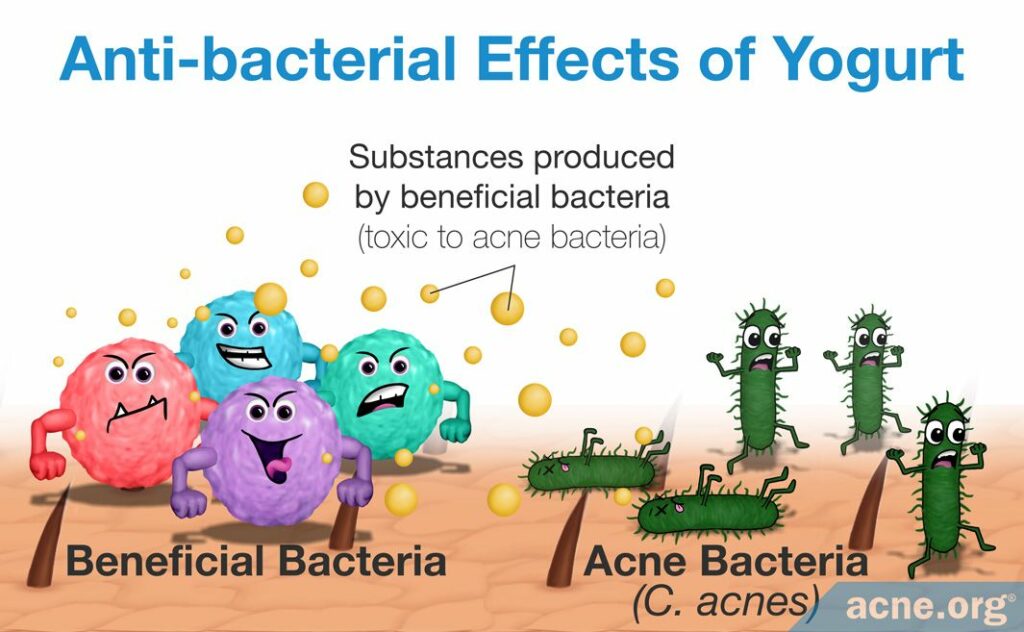
Yogurt owes its antibacterial properties to beneficial bacteria. At first, this idea may seem contradictory–how does bacteria fight bacteria? But that is exactly what beneficial bacteria can do. They do this by:
- Competing for resources: Beneficial bacteria compete with harmful bacteria for space and nutrients, preventing the overgrowth of harmful bacteria.
- Directly killing harmful bacteria: Some beneficial bacteria produce substances that are toxic to harmful bacteria.
- Triggering the body to kill harmful bacteria: Some beneficial bacteria signal the skin to produce substances that are toxic to harmful bacteria.
One laboratory study showed that beneficial bacteria can kill 99% of acne bacteria within one hour. The study did not look specifically at the beneficial bacteria in yogurt, but the results are still promising.
Expand to read details of study
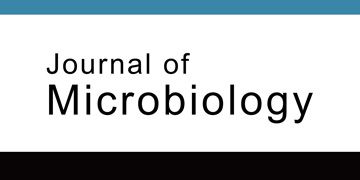
We know that some beneficial bacteria can specifically kill C. acnes. For example, the bacteria Enterococcus faecalis SL-5, a beneficial bacterium we looked at earlier, produces a substance called bacteriocin. According to a study published in 2009 in the Journal of Microbiology, this bacteriocin kills 99% of the C. acnes in a petri dish in just one hour. Although this particular bacterium is not found in yogurt, this study shows that at least some beneficial bacteria can be effective against C. acnes. There is some limited evidence that the beneficial bacteria found in yogurt might hinder the growth of C. acnes specifically.2
Some beneficial bacteria can trigger the skin to produce a fat called ceramide. This fat inhibits the growth of C. acnes.7 However, scientists have not tested whether the beneficial bacteria found in yogurt can trigger the skin to produce ceramide.
Anti-inflammatory properties of yogurt
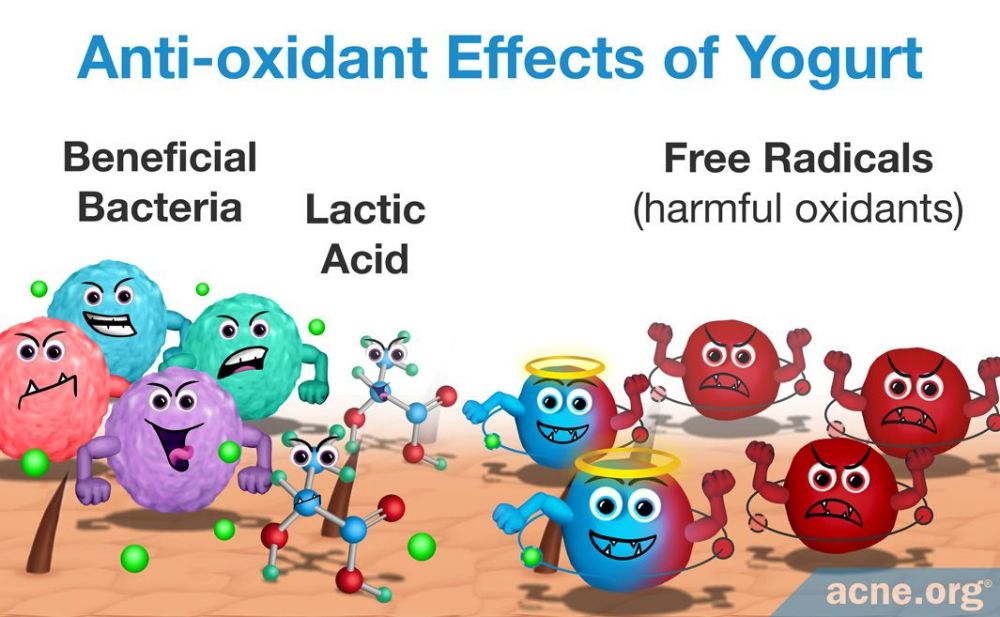
Unfortunately, no clinical trials have tested yogurt to see if it reduces inflammation in people with acne. However, studies conducted in vitro (in a petri dish) show that one bacterium found in yogurt, called Lactobacillus, does possess anti-inflammatory properties.
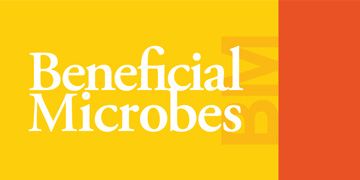
According to an article published in the journal Beneficial Microbes in 2014, “Several strains of Lactobacillus…demonstrate anti-inflammatory properties.”8
Antioxidant properties of yogurt
The human body contains special substances called antioxidants, which find and remove harmful free radicals (oxidants) that naturally form in the body. Both the beneficial bacteria as well as lactic acid found in yogurt can act as antioxidants, helping prevent free radicals from building up and damaging the skin.9,10,11
Wound-healing properties of yogurt
Medically speaking, acne lesions are small wounds. To date, no studies have tested whether applying yogurt to the skin can help acne lesions heal faster. However, research involving animals shows that topically applying beneficial bacteria like that which is found in yogurt can speed up wound healing.12
Skin barrier-strengthening properties of yogurt
The outer layer of our skin functions as the skin barrier. This barrier is our skin’s armor, keeping in moisture and protecting our skin from harmful bacteria, sun damage, and toxic chemicals in our environment.
People with acne tend to have an impaired skin barrier. Three studies have found that applying beneficial bacteria from yogurt to the skin might help repair the skin barrier.10,12,14
Expand to read details of studies
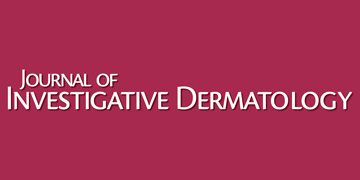
Study 1: The first study, published in 1999 in the Journal of Investigative Dermatology, tested the ability of beneficial bacteria in yogurt to strengthen the skin barrier in 17 healthy volunteers. The researchers applied a product containing yogurt bacteria to the volunteers’ forearms for 7 days. After this period, the researchers measured the amount of specific lipids (fat molecules) called ceramides on the volunteers’ skin. These lipids are an essential part of the skin barrier and help protect the skin from drying out. The scientists found that yogurt bacteria had increased the amount of ceramides on the volunteers’ skin. This suggests that the bacteria in yogurt might help repair the skin barrier of people with acne.10
As a bonus, ceramides themselves can help reduce inflammation.13 In other words, by increasing the amount of these ceramides on the skin, yogurt might not only be helping repair the skin barrier, but also decreasing the inflammation that is a major part of acne.
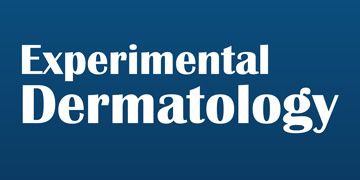
Study 2: The second study, published in 2010 in the journal Experimental Dermatology, tested a cream containing yogurt bacteria on female volunteers with sensitive skin. The females were randomly divided into two groups of 33:
- Group 1 received the bacterial cream
- Group 2 received a placebo cream (a similar cream lacking yogurt bacteria)
The volunteers applied the cream to the face, arms, and legs twice a day for two months. At the end of this period, the researchers tested the volunteers’ skin barrier function and skin sensitivity. They found that the cream containing yogurt bacteria had strengthened the skin barrier and reduced skin sensitivity in Group 1.12
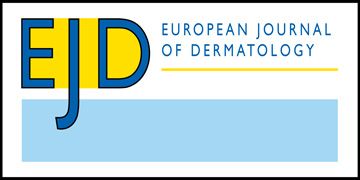
Study 3: The third study, published in 2010 in the European Journal of Dermatology, tested the ability of yogurt bacteria to strengthen the skin barrier in skin samples in the lab. The researchers used samples of abdominal skin that had been removed from patients during abdominal surgery and were kept alive in the lab. The scientists used a detergent called sodium laureth sulfate, which is found in many soaps and shampoos, to weaken the skin barrier in these skin samples. They then measured how quickly the skin barrier recovered. In some of the skin samples, the researchers applied yogurt bacteria to see whether this sped up the recovery of the skin barrier. They found that skin samples treated with yogurt bacteria recovered faster, suggesting that yogurt bacteria can help repair a weakened skin barrier.14
What about Eating or Drinking Yogurt?
To understand whether ingesting yogurt would potentially help with acne, let’s look at a theory called the gut-brain-skin theory. Briefly, the theory states that the health of the intestines affects the health of the skin.
The theory posits that an absence of “friendly” organisms in the intestines allows for multiplication of “unfriendly” organisms. These unfriendly organisms then enter the bloodstream and can cause problems in the body, including in the skin.
When it comes to acne, we have some evidence that this theory might be true. Four studies have found that eating yogurt or taking yogurt culture supplements did in fact help improve acne to some degree.15-17
Expand to read details of studies

A study published in the journal Nutrition in 2010 tested the effects of consuming a drinkable yogurt-like beverage containing the beneficial bacteria Lactobacillus on 56 people with acne. The researchers found that consuming the yogurt drink for 12 weeks significantly reduced the total number of inflammatory acne lesions.15
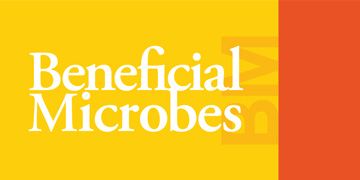
Two other studies, one conducted in Italy and the other in Russia, tested oral supplements containing yogurt cultures on people with acne. Both studies found that taking these supplements in addition to standard acne treatments helped improve acne.16
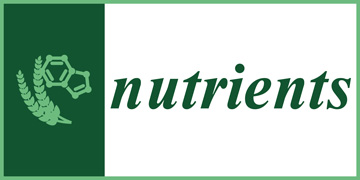
A study published in the journal Nutrients in 2021 tested whether taking a daily supplement containing a type of beneficial bacteria called Lactobacillus plantarum CJLP55, which is found in yogurt, could improve acne. The researchers divided 30 patients with acne into 2 groups:
- Group 1 took the bacterial supplement once a day for 12 weeks.
- Group 2 took a placebo supplement once a day for 12 weeks.
At the end of the treatment period, the researchers examined the patients in both groups to see whether there was any improvement in their acne. The scientists found significantly reduced acne in Group 1 but not Group 2. They also found decreased sebum production and better skin hydration in Group 1 but not Group 2. The researchers concluded that 12 weeks of supplementing with beneficial bacteria found in yogurt might improve acne, reduce sebum production, and increase skin hydration in acne patients.17
Conclusion
To sum up, yogurt holds some promise as a home treatment for acne because two of its components, beneficial bacteria and lactic acid, possess medicinal properties. Some preliminary studies suggest that separately applying helpful bacteria and lactic acid to the skin might improve acne. However, until scientists test topical yogurt treatments on people with acne, it is impossible to say whether this home remedy really works against acne.
References
- Lourens-Hattingh, A. & Viljoen, B. C. Yogurt as probiotic carrier food. Int Dairy J 11, 1 – 17 (2001). https://www.sciencedirect.com/science/article/abs/pii/S095869460100036X
- Kang, B. S. et al. Antimicrobial activity of enterocins from Enterococcus faecalis SL-5 against Propionibacterium acnes, the causative agent in acne vulgaris, and its therapeutic effect. J Microbiol 47, 101 – 109 (2009). https://www.ncbi.nlm.nih.gov/pubmed/19229497
- Scherdin, U. et al. In vivo assessment of the efficacy of an innovative face care system in subjects with mild acne vulgaris. Int J Cosmet Sci 26, 221 – 9 (2004). https://onlinelibrary.wiley.com/doi/abs/10.1111/j.1467-2494.2004.00225.x
- Oberemok, S. S. & Shalita, A. R. Acne vulgaris, I: pathogenesis and diagnosis. Cutis 70, 101 – 105 (2002). https://www.ncbi.nlm.nih.gov/pubmed/12234155
- Pavicic, T., Wollenweber, U., Farwick, M. & Korting, H. C. Anti-microbial and -inflammatory activity and efficacy of phytosphingosine: an in vitro and in vivo study addressing acne vulgaris. Int J Cosmet Sci 29, 181 – 90 (2007).
- Benyacoub, J. et al. Immune modulation property of Lactobacillus paracasei NCC2461 (ST11) strain and impact on skin defenses. Benef Microbes 5, 129 – 136 (2014). https://www.ncbi.nlm.nih.gov/pubmed/24322880
- Kober, M. M. & Bowe, W. P. The effect of probiotics on immune regulation, acne, and photoaging. Int J Women’s Dermatol 1, 85 – 89 (2015). https://www.ncbi.nlm.nih.gov/pubmed/28491964
- Wang, Y. et al. Antioxidant properties of probiotic bacteria. Nutrients 9, (2017). https://www.ncbi.nlm.nih.gov/pmc/articles/PMC5452251/
- Nasrabadi, H. M. Study of cutaneous wound healing in rats treated with Lactobacillus plantarum on days 1, 3, 7, 14 and 21. African J Pharm Pharmacol 5, (2011). http://citeseerx.ist.psu.edu/viewdoc/download?doi=10.1.1.861.4819&rep=rep1&type=pdf
- Di Marzio, L., Cinque, B., De Simone, C. & Cifone, M. G. Effect of the lactic acid bacterium Streptococcus thermophilus on ceramide levels in human keratinocytes in vitro and stratum corneum in vivo. J Invest Dermatol 113, 98-106 (1999). https://www.ncbi.nlm.nih.gov/pubmed/10417626
- Yamamoto, N., Shoji, M., Hoshigami, H., Watanabe, K., Watanabe, K., Takatsuzu, T., Yasuda, S., Igoshi, K. & Kinoshita, H. Antioxidant capacity of soymilk yogurt and exopolysaccharides produced by lactic acid bacteria. Biosci Microbiota Food Health 38, 97-104 (2019). https://pubmed.ncbi.nlm.nih.gov/31384521/
- Guéniche, A., Bastien, P., Ovigne, J. M., Kermici, M., Courchay, G., Chevalier, V., Breton, L., Castiel-Higounenc, I. Bifidobacterium longum lysate, a new ingredient for reactive skin. Exp Dermatol 19, e1-8 (2010). https://www.ncbi.nlm.nih.gov/pubmed/19624730
- Bowe WP1, Logan AC. Acne vulgaris, probiotics and the gut-brain-skin axis – back to the future? Gut Pathog 31, 3:1 (2011). https://www.ncbi.nlm.nih.gov/pubmed/21281494
- Gueniche, A., Benyacoub, J., Philippe, D., Bastien, P., Kusy, N., Breton, L., Blum, S. & Castiel-Higounenc, I. Lactobacillus paracasei CNCM I-2116 (ST11) inhibits substance P-induced skin inflammation and accelerates skin barrier function recovery in vitro. Eur J Dermatol 20, 731-737. (2010). https://www.ncbi.nlm.nih.gov/pubmed/20965806
- Kim, J. et al. Dietary effect of lactoferrin-enriched fermented milk on skin surface lipid and clinical improvement of acne vulgaris. Nutrition 26, 902 – 9 (2010). https://www.ncbi.nlm.nih.gov/pubmed/20692602
- Bowe, W. P., Patel, N. B. & Logan, A. C. Acne vulgaris, probiotics and the gut-brain-skin axis: From anecdote to translational medicine. Benef Microbes 5, 185 – 199 (2014). https://www.ncbi.nlm.nih.gov/pubmed/23886975
- Kim, M. J., Kim, K. P., Choi, E., Yim, J. H., Choi, C., Yun, H. S., Ahn, H. Y., Oh, J. Y. & Cho, Y. Effects of Lactobacillus plantarum CJLP55 on clinical improvement, skin condition and urine bacterial extracellular vesicles in patients with acne vulgaris: A randomized, double-blind, placebo-controlled study. Nutrients 13, 1368 (2021). https://pubmed.ncbi.nlm.nih.gov/33921829/
 Acne.org Products
Acne.org Products